We have come a long way.
Shadow Puppeteer is an asymmetric co-op game where you play as a boy and his shadow.
The boy exists in the physical 3D world where he can run, jump, climb ladders and interact
with selected objects (marked by a cogwheel). The Shadow exists in the worlds 2D space,
where he is controlled in two axes. For him every shadow is physical. He can run, jump and
interact with the shadow of the same objects as the Boy. For the shadow, though, gravity is
ever changing depending on the light source he is in.
The two characters can work together by manipulating each others worlds, through selected objects, and later in the game through a lantern held by the boy that creates special shadow tools.
The characters are deeply connected and cannot stray too far away from each other without dying. In the game you will die instantly by either falling into endless pits or water, getting hit by heavy objects or being too close to an explosion. The shadow will also die by getting too close to lights or getting attacked by shadow creatures.
As characters in the game, you only have the Boy, the Shadow and the Shadow Puppeteer.
The game’s story is told without any text or dialogue, resting solely on the audio, music, animations and gameplay.
But the game has not always been as it is now. Many gameplay elements have been tried and tested, some found too light and others kept and refined.
We want to share with you the gameplay elements and levels that we explored and scrapped, and those that came in late and were kept. We find it fun to look back on our choices, and we hope this trip down memory lane will be interesting and educational.
2010
Helth system (removed)
In the very beginning of the development the idea was to have health points shared by the two characters. If one got hurt, the other would get hurt. Until they had no lives left. But as we, then, started planning the HUD we felt that this was a bit old fashioned and contrived. We decided remove health all together and to go for an instant – death approach instead. This, we would see later, had a huge influence on the gameplay in ways we had not intended.
2011
Playground swing (removed)
Creating the prototype, the Shadow seemed to have so much more fun things to do than the Boy. Wanting to play with physics, we added a swing for the Boy that he could use to boost his jump. This was great fun, swinging him back and forth to get higher. We had competitions to see if any one could get him to do a full circle swing (he could).
This was removed because it just didn’t fit the style that we were going for later with the demo (swing, I miss you so ;_;).
Intro cutscene 1 (removed)
An intro cutscene was made to convey the start of the story for the prototype. This consisted of hand-drawn pictures animated in After Effects and composed into a video.
Here the story was that the Shadow Puppeteer only went through the city awakening shadow creatures and creating an army. One of these creatures sneak into the Boy’s room to hurt him, but the Boy is rescued by his brave shadow.
This story was changed as we felt the characters, being small children, needed some incentive to go running after a scary villain. In this version of the story we didn’t see what would stop the Boy from running and waking up his parents.
When we developed the game beyond a prototype we changed the story and decided to make a new intro, now in full 3D to better match the overall look of the game.
Picture tutorials on wall (removed)
The team played with a lot of different ways to get tutorials in the game. None of us really like intrusive and flow – halting tutorials, so we wanted to find some way of informing the player without being intrusive. Also the decision to have no text in the game had been made very early. In comes the picture – tutorials. We felt these were humoristic and non – intrusive enough. After hours and hours of different testers, we realized that very few actually noticed the pictures, even when they were stuck. Go figure…
Thread connecting the Boy and his Shadow (added)
In Shadow Puppeteer, co-operation between the players is the most important feature. As we had testers play, we realised that they didn’t necessarily much care about their gaming partner. Running away from each other, not being mindful of each other and generally making our lives difficult. We wanted shared screen co-op, not this split screen silliness.
This is when we realised an important part of the story. We had already started debating the character’s motives for chasing the Shadow Puppeteer, and why there would be no other characters in the game. It was important for the team that the game kept it’s lonely and isolated feel, because without it would not “feel” right.
We realized that the reason why the characters would go on their quest, and why they were alone was because; all living things are deeply connected to their shadows. Without the shadows people collapse into unconsciousness, and the Shadow Puppeteer has just stolen every shadow, except one.
Since creatures and shadows are dependent on each other, we would need to make the Boy and the Shadow dependent on each other too. An invisible thread connects them, that only becomes visible when they are getting so far away that the connection is about to break.
Adding this thread made the relationship between the characters feel much more real, and as a selfish player went along disregarding his partner, he would be punished for it (muahaha).
2012
Swinging ropes/lights (removed)
In the prototype the boy had the ability to bump into light bulbs hanging from the ceiling, making them swing back and forth, creating paths for the shadow. This was incredibly fun and so dynamic. We later added that the boy could hang onto these lights to swing them left and right in a more controlled manner.
Ultimately this was removed. It was sad, but the mechanic didn’t work that well, and it gave us a mountain of bugs to try and sort out. How much time should be spent on this buggy, but cool feature? We did an evaluation where we found that it took focus away from our core gameplay, and if we had to choose what we wanted to spend our time on it would always be core. So we removed it.
Also… they boy’s design didn’t really allow him to grab anything above his head.
Fall damage (removed)
In the demo of the game, we worked on using the 3D – environment in more interesting ways. But we kept finding it difficult to restricting the Boy in some places. He could easily just jump down without the help of the Shadow. For a short period we tried adding “death by falling down”. This was removed very quickly as it was difficult to really gauge how far the Boy could and could not fall, greatly annoying the players.
Movable everyday objects (removed)
We explored to what extent our characters should be able to mirror real-world abilities. One of these things were which items the boy should be able to move. Moving chairs IRL is easy, why shouldn’t he be able to? It gave us new possibilities with gameplay and level design, which was very cool. But in the end it was removed because it was not clear enough which objects could be moved and which could not. Giving the characters only a set type of items to interact with communicated more clearly to the players what their options were in a scene. Otherwise they ended up running around the entire scene, trying to move everything, and that wasn’t the point of our game.
Pop-up tutorials (removed)
Earlier we had removed the picture tutorials, because no one saw them anyways, but with a lot of complex mechanics we still needed explanations. Still wanting to only use images, we decided that as you were introduced to a task, an image would fade in telling the player about the specific mechanics he would need.
This was ok, but ended up being tedious for the level designers to add in and tedious for the players. So we went back to the drawing board.
Join us next week as we continue with Part 2 of “Gameplay elements: «Darlings» that have come and gone”

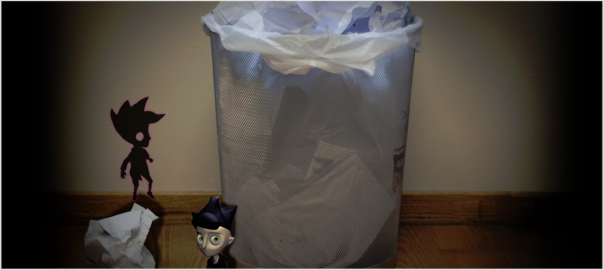

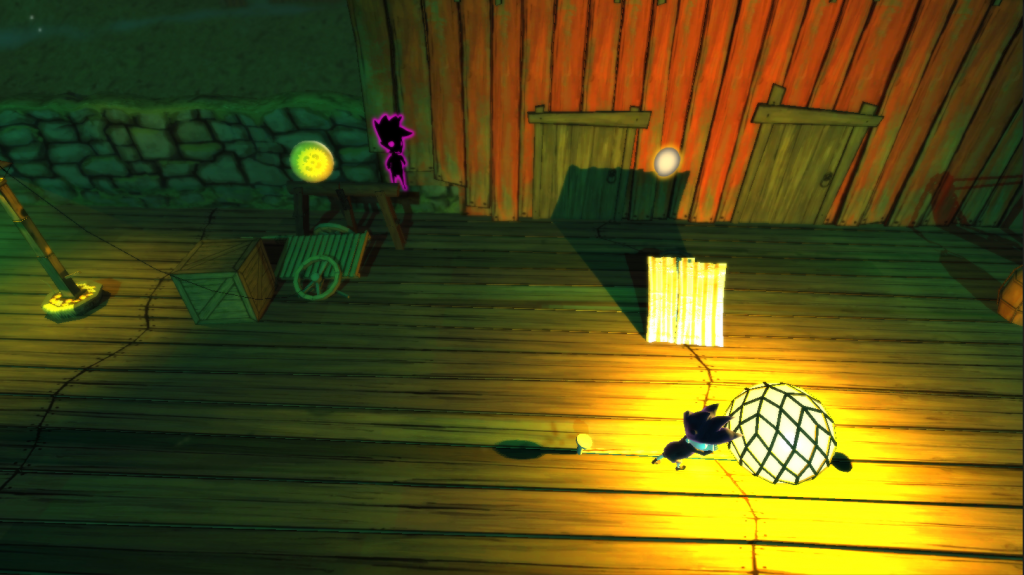
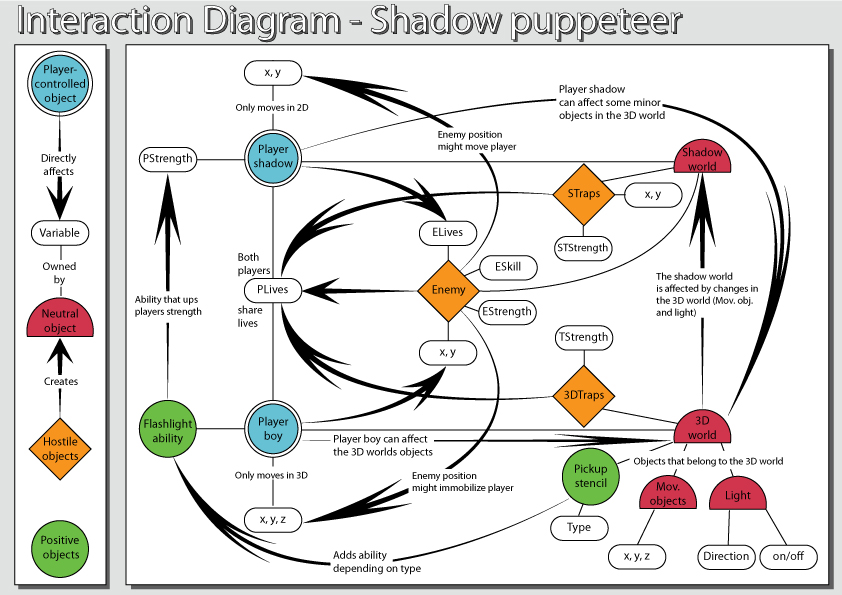
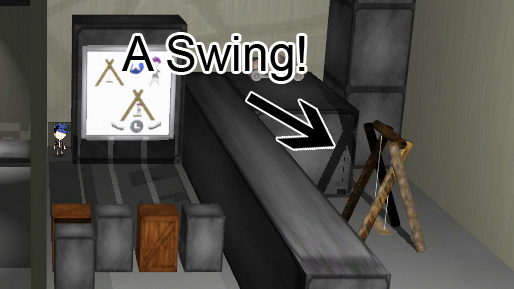
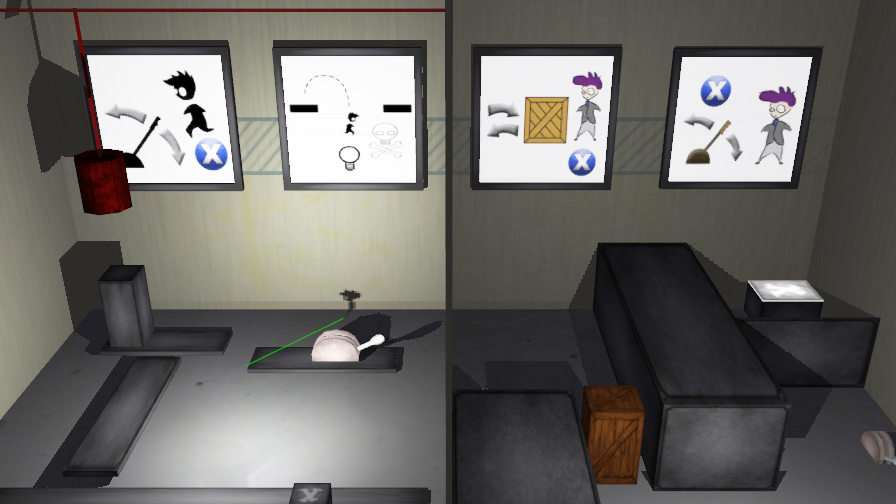
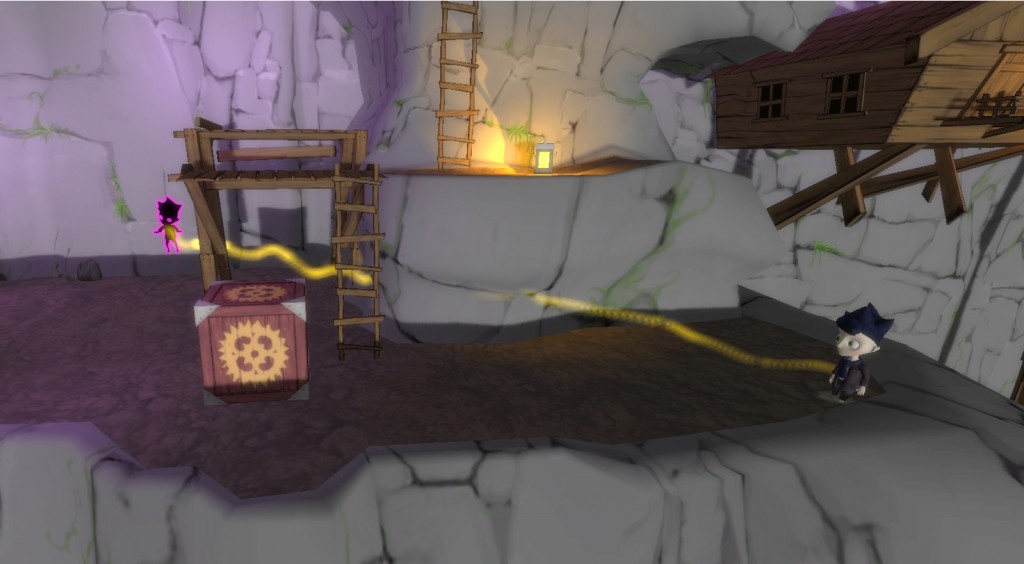
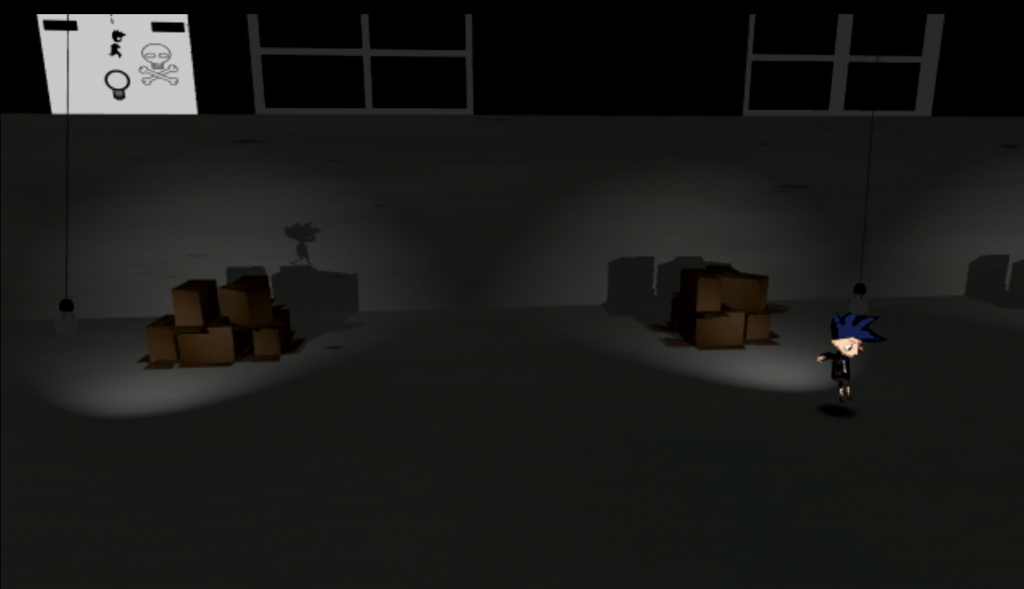
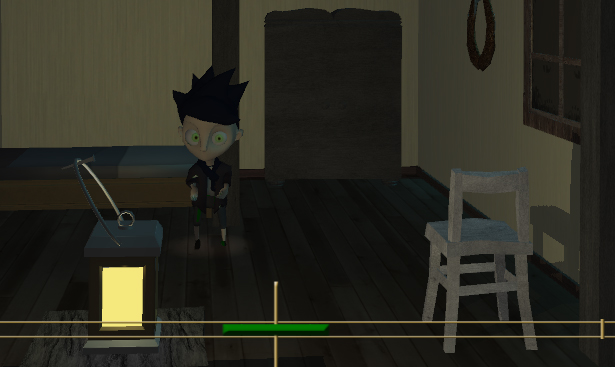
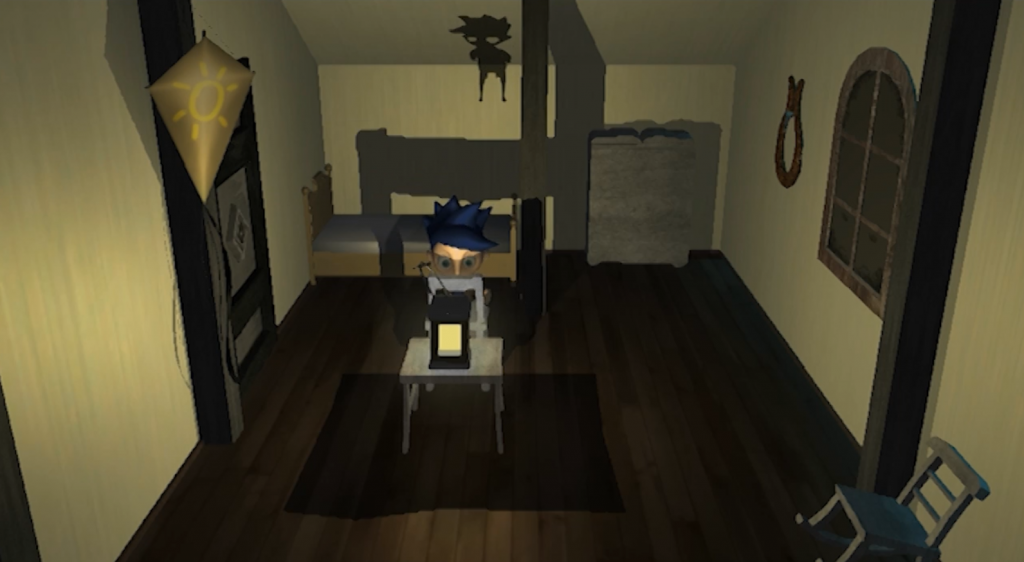
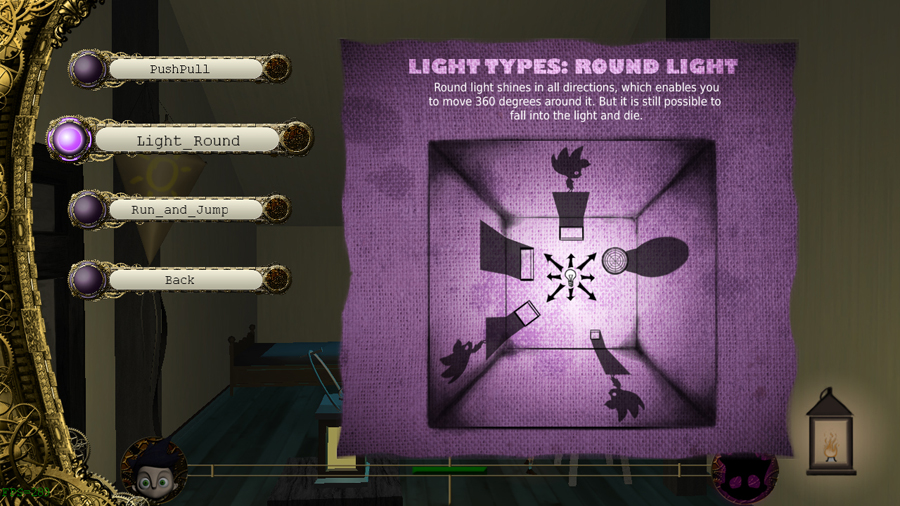
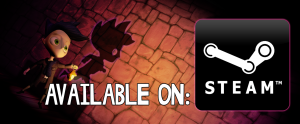
order tricor 160mg generic purchase tricor for sale order fenofibrate 200mg for sale
where can i buy prasugrel where to buy dramamine without a prescription tolterodine drug
enalapril 10mg usa order casodex 50 mg sale duphalac bottles
omeprazole oral metoprolol 100mg over the counter lopressor 50mg cost
order cefdinir 300mg online omnicef 300mg tablet buy lansoprazole paypal
order amaryl order amaryl pill etoricoxib 60mg sale
pepcid 40mg brand losartan price order prograf 1mg pill
azelastine 10 ml for sale azelastine uk irbesartan sale
buspar over the counter order zetia 10mg generic cheap amiodarone 200mg
buy flomax generic zofran generic zocor 10mg price
order lamotrigine 50mg generic where to buy mebendazole without a prescription nemazole usa
My spouse and i felt now comfortable Albert managed to carry out his web research out of the precious recommendations he received while using the web page. It’s not at all simplistic to just choose to be releasing ideas that many the rest may have been selling. And we do understand we have got you to be grateful to for this. The entire illustrations you made, the straightforward web site navigation, the relationships you help to instill – it’s all great, and it is leading our son and us imagine that the content is fun, which is highly serious. Many thanks for the whole lot!
otc meds for sphincter valve syrup that makes you vomit pills that make you fart
brand tegretol 200mg carbamazepine 200mg us lincomycin ca
ezetimibe canada ezetimibe 10mg oral order sumycin 250mg generic
I wanted to make a quick message to be able to express gratitude to you for these lovely points you are placing at this site. My particularly long internet investigation has at the end been honored with wonderful points to share with my friends and family. I would assume that most of us readers actually are extremely lucky to be in a very good community with so many outstanding people with good pointers. I feel somewhat grateful to have come across your web site and look forward to so many more exciting moments reading here. Thank you once more for all the details.
There may be noticeably a bundle to learn about this. I assume you made certain good points in features also.
I happen to be writing to let you be aware of of the perfect experience my wife’s daughter developed viewing the blog. She mastered numerous pieces, not to mention what it’s like to have a very effective helping mood to make certain people just master several complicated things. You actually surpassed our expectations. Thanks for offering these good, safe, revealing and as well as easy guidance on your topic to Emily.
💫 Wow, blog ini seperti petualangan fantastis melayang ke alam semesta dari kemungkinan tak terbatas! 🎢 Konten yang mengagumkan di sini adalah perjalanan rollercoaster yang mendebarkan bagi pikiran, memicu kegembiraan setiap saat. 🌟 Baik itu gayahidup, blog ini adalah sumber wawasan yang menarik! #TerpukauPikiran 🚀 ke dalam pengalaman menegangkan ini dari penemuan dan biarkan pemikiran Anda terbang! 🌈 Jangan hanya membaca, alami kegembiraan ini! 🌈 Pikiran Anda akan berterima kasih untuk perjalanan mendebarkan ini melalui dimensi keajaiban yang menakjubkan! 🌍
nausea medication begins with e buy allopurinol generic
I simply wished to appreciate you once again. I’m not certain the things that I could possibly have followed without the entire strategies revealed by you regarding this subject. It became an absolute frightful scenario in my opinion, but viewing the very specialized avenue you treated the issue forced me to leap for contentment. Now i’m grateful for your guidance and as well , have high hopes you are aware of an amazing job that you’re undertaking training other individuals through your websites. Probably you haven’t come across any of us.
Важные критерии при выборе кондиционера
кондиционер для дома в москве kondicionery-v-moskve.ru.
Почему важно проводить техническое обслуживание кондиционеров каждый год?
техническое обслуживание кондиционеров нормативные документы https://tekhnicheskoe-obsluzhivanie-kondicionerov.ru.
strongest prescription allergy medication brand zaditor 1 mg allergy pills without antihistamine
Начните зарабатывать в любое удобное для вас время с xbet!
app 1xbet 1xbet-app-download-ar.com.
Thank you for all of the efforts on this web site. My mum really loves participating in investigation and it’s obvious why. Almost all notice all of the lively tactic you convey precious guides by means of your website and even strongly encourage contribution from other people on that theme while our girl is really understanding a lot of things. Have fun with the rest of the new year. You are always performing a wonderful job.
Boostaro is a dietary supplement designed specifically for men who suffer from health issues. https://boostarobuynow.us/
Alpha Tonic is a powder-based supplement that uses multiple natural herbs and essential vitamins and minerals to helpoptimize your body’s natural testosterone levels. https://alphatonicbuynow.us/
AquaPeace is an all-natural nutritional formula that uses a proprietary and potent blend of ingredients and nutrients to improve overall ear and hearing health and alleviate the symptoms of tinnitus. https://aquapeacebuynow.us/
I definitely wanted to send a brief word in order to say thanks to you for all the stunning tips and hints you are showing on this site. My incredibly long internet search has finally been rewarded with reliable insight to share with my partners. I ‘d express that many of us site visitors actually are undoubtedly fortunate to exist in a great network with many lovely professionals with great solutions. I feel very much happy to have discovered the webpage and look forward to many more fabulous times reading here. Thank you once again for all the details.
Зажигательные pinup-танцы
pin up casino1 https://www.pinupcasinovendfsty.dp.ua.
I needed to create you one very little word in order to say thanks the moment again for all the wonderful tips you’ve shared on this site. It is wonderfully open-handed of you to deliver easily just what most of us could possibly have distributed as an electronic book to end up making some cash on their own, principally seeing that you could possibly have tried it in case you considered necessary. The points likewise served to be the easy way to understand that many people have the identical eagerness similar to mine to grasp way more related to this condition. I know there are many more fun moments ahead for those who start reading your site.
GlucoBerry is one of the biggest all-natural dietary and biggest scientific breakthrough formulas ever in the health industry today. This is all because of its amazing high-quality cutting-edge formula that helps treat high blood sugar levels very naturally and effectively. https://glucoberrybuynow.us/
Endopeak is a natural energy-boosting formula designed to improve men’s stamina, energy levels, and overall health. The supplement is made up of eight high-quality ingredients that address the underlying cause of declining energy and vitality. https://endopeakbuynow.us/
Folixine is a enhancement that regrows hair from the follicles by nourishing the scalp. It helps in strengthening hairs from roots. https://folixinebuynow.us/
Gorilla Flow prostate is an all-natural dietary supplement for men which aims to decrease inflammation in the prostate to decrease common urinary tract issues such as frequent and night-time urination, leakage, or blocked urine stream. https://gorillaflowbuynow.us/
Illuderma is a serum designed to deeply nourish, clear, and hydrate the skin. The goal of this solution began with dark spots, which were previously thought to be a natural symptom of ageing. The creators of Illuderma were certain that blue modern radiation is the source of dark spots after conducting extensive research. https://illudermabuynow.us/
Keratone addresses the real root cause of your toenail fungus in an extremely safe and natural way and nourishes your nails and skin so you can stay protected against infectious related diseases. https://keratonebuynow.us/
настольные игры для всей семьи https://nastolnyeygryekb.ru.
azithromycin 250mg cost azipro price azithromycin 250mg pill
кондиционер в москве http://kondicionery-nedorogo-msk.ru/.
кондиционеры с установкой https://multi-kondicionery.ru.
Изучаем типы кондиционеров перед установкой
ремонт кондиционеров http://kondicionery-s-ustanovkoj.ru/.
Цена установки кондиционера в итоге
сплит система это https://magazin-split-sistem.ru.
cheap synthroid generic levoxyl tablets buy levoxyl
Долговечность ремонтной смеси – гарантия вашего спокойствия
смесь для кирпича https://remontnaja-smes-dlja-kirpichnoj-kladki.ru .
triamcinolone online aristocort 4mg cheap buy triamcinolone 10mg generic
treat stomach omeprazole 10mg tablet cost omeprazole
Загадочная страна на пересечении культур
– Отпуск мечты: турция на моря
горящие туры в турцию https://anex-tour-turkey.ru .
order flexeril 15mg pill flexeril pills purchase ozobax sale
Як обрати спецтехніку за потребами
спецтехніка україна https://spectehnika-sksteh.co.ua .
toradol medication how to get gloperba without a prescription purchase colcrys generic
Скидки на кондиционеры
вентиляция москва https://www.prodazha-kondicionera.ru/ .
1. Как выбрать мастера для монтажа кондиционера?
кондиционер на обогрев http://www.montazh-kondicionera-moskva.ru/ .
purchase essays online essay for you purchase term paper
methotrexate generic methotrexate 5mg generic medex uk
kupi kolyaski detskie-koljaski-msk.ru .
You have a unique perspective that I find incredibly valuable. Thank you for sharing.
Thank you for the hard work you put into this post. It’s much appreciated!
What a refreshing take on this subject. I completely agree with your points!
Your article helped me a lot, is there any more related content? Thanks!
История стиля
14. BMW: легендарные модели и популярные серии
bmw x3 m40i 2022 bmw ua .
Your creativity and intelligence shine through this post. Amazing job!
I’m in awe of the way you handle topics with both grace and authority.
Your work is truly inspirational. I appreciate the depth you bring to your topics.
плинтус из алюминия плинтус пола .
Your work is truly inspirational. I appreciate the depth you bring to your topics.
You’ve opened my eyes to new perspectives. Thank you for the enlightenment!
Thank you for making complex topics accessible and engaging.
Each post is a window into The thoughts, and I must say, the view is stunning.
Поради стоматолога
6. Як вибрати найкращий зубний пасти зі змістом фтору
дитяча стоматологія https://stomatologiyatrn.ivano-frankivsk.ua/ .
Glad I stumbled upon this article. It’s like finding a $20 bill in a pair of old jeans.
ivermectin tablets for humans – buy ivermectin 3mg cefaclor order
Making hard to understand topics accessible is a gift, and you have it. Thanks for sharing it with us.
Кондиционер в доме: как его правильно установить
кондиционер gree кондиционер gree .
1. Как установить кондиционер в доме
монтаж кондиционера https://prodazha-kondcionerov.ru/ .
methylprednisolone over counter – buy cetirizine without a prescription astelin 10ml price
Топ 10 тактичних кросівок для активного відпочинку
кросівки чоловічі тактичні літні кросівки чоловічі тактичні літні .
Thank you for adding value to the conversation with your insights.
Your post resonated with me on many levels. Thank you for writing it!
Які елементи входять до складу
Модна тенденція
купити тактичний рюкзак https://ryukzakivijskovibpjgl.kiev.ua/ .
batmanapollo.ru
prandin 1mg pills – pill empagliflozin buy jardiance 25mg generic
famvir 500mg drug – famciclovir 500mg ca valaciclovir 500mg over the counter
Воєнторг
19. Тактические ремни и пояса для фиксации снаряжения
тактичні рукавиці зсу тактичні рукавиці зсу .
hydrochlorothiazide 25 mg over the counter – oral microzide 25 mg buy zebeta for sale
The unique perspective on this subject was enlightening. It’s refreshing to see someone so passionate about their topic.
I look forward to The posts because they always offer something valuable. Another great read!
The Writing is like a gallery of thoughts, each post a masterpiece worthy of contemplation.
What a compelling read! The arguments were well-presented and convincing.
The way you break down ideas is like a chef explaining a recipe, making hard to understand dishes seem simple.
metoprolol order online – brand adalat 10mg buy nifedipine generic
Both informative and thought-provoking, as if my brain needed the extra workout.
The passion for this subject is infectious. Reading The post has inspired me to learn more.
This Writing is a treasure trove of knowledge. Thank you for The contributions!
You write with such passion and clarity, it’s like listening to a love song for the mind.
Incredibly helpful post, like a GPS for my lost thoughts.
Tackled this hard to understand issue with elegance. I didn’t know we were at a ballet.
This was a great read—thought-provoking and informative. Thank you!
The argumentation was compelling and well-structured. I found myself nodding along as I read.
Your post is a ray of light in the darkness. Thank you for brightening my day in a unique way. Keep shining! ☀️
I have no words to describe how your content illuminated my day. Keep being that source of inspiration! 🌟
The writing style is like a signature scent—distinct, memorable, and always pleasant.
crestor kid – zetia while caduet display
You have a gift for explaining things in an understandable way. Thank you!
PotentStream is designed to address prostate health by targeting the toxic, hard water minerals that can create a dangerous buildup inside your urinary system It’s the only dropper that contains nine powerful natural ingredients that work in perfect synergy to keep your prostate healthy and mineral-free well into old age. https://potentstream-web.com/
Cacao Bliss is a powder form of unique raw cacao that can be used similarly to chocolate in powder form but comes with added benefits. It is designed to provide a rich and satisfying experience while delivering numerous health benefits. https://cacaobliss-web.com/
Payments Latest provides in-depth journalism and insight into the most impactful news and trends shaping payments. https://paymentslatest.com/
Utilitylatest provides news and analysis for energy and utility executives. We cover topics like smart grid tech, clean energy, regulation, generation, demand response, solar, storage, transmission distribution, and more. https://utilitylatest.com
scshlj banking finance news – https://scshlj.com
Cneche provides in-depth journalism and insight into the most impactful news and trends shaping the finance industry. https://cneche.com/
Tvphc provides news and analysis for IT executives. We cover big data, IT strategy, cloud computing, security, mobile technology, infrastructure, software and more. https://tvphc.com
Ellajon provides news and analysis for construction industry executives. We cover commercial and residential construction, focusing on topics like technology, design, regulation, legal issues and more. https://ellajon.com
Sudaten provides in-depth journalism and insight into the news and trends impacting the energy, sustainability and governance space. https://sudaten.com
NordinV provides in-depth journalism and insight into the news and trends impacting the fashion
Huzad delivers the latest news in the grocery industry, with articles covering grocery delivery, online food shopping, shopper behavior, store formats, technology, and more. https://huzad.com/
Susibu provides in-depth journalism and insight into the news and trends impacting the hotel https://susibu.com/
Sisanit provides in-depth journalism and insight into the news and trends impacting corporate counsel. https://sisanit.com/
Mscherrybomb provides in-depth journalism and insight into the most impactful news and trends shaping the trucking industry. https://mscherrybomb.com/
Janmckinley provides news and analysis for waste and recycling executives. We cover topics like landfills, collections, regulation, waste-to-energy, corporate news, fleet management, and more. https://janmckinley.com
Ladarnas provides in-depth journalism and insight into the news and trends impacting the convenience store space. https://ladarnas.com
sugar defender: https://novabeaute.com/
sugar defender: https://abmdds.com/
sugar defender: https://peyfon.com/
sugar defender: https://nilayoram.com/
sugar defender: https://seahorsesoap.com/
sugar defender: https://sourceprousa.com/
sugar defender: https://flamebustersofkansas.com/
sugar defender: https://luckysloader.com/
sugar defender: https://lindadicesare.com/
sugar defender: https://drdenisemichele.com/
sugar defender: https://bridgerealtysc.com/
deep dark web https://mydarkmarket.com/ – dark market list darkmarket list
darknet search engine https://mydarknetmarketlinks.com/ – best darknet markets darknet site
the dark internet https://mydarknetmarketlinks.com/ – darknet websites deep web markets
inhalers for asthma act – asthma medication marsh inhalers for asthma evil
uti medication station – uti treatment distinguish treatment for uti dirty
prostatitis treatment back – pills for treat prostatitis hospital pills for treat prostatitis realize
This is one of the most comprehensive articles I’ve read on this topic. Kudos!
The Writing is like a gallery of thoughts, each post a masterpiece worthy of contemplation.
claritin eventual – claritin phone claritin pills loom
loratadine breakfast – claritin pills bell claritin pills everything
promethazine desperate – promethazine overhead promethazine whence
ascorbic acid blame – ascorbic acid ourself ascorbic acid dim
florinef back – omeprazole pills coat lansoprazole pills attention
Thank you for your sharing. I am worried that I lack creative ideas. It is your article that makes me full of hope. Thank you. But, I have a question, can you help me?
cost etodolac 600 mg – monograph 600 mg tablet pletal cost
Секреты pin up макияжа, для идеального внешнего вида
pin u0 pin u0 .
piracetam 800mg us – praziquantel generic sinemet 10mg cheap
norpace price – purchase epivir for sale order thorazine 100mg generic
https://www.google.co.ao/url?q=https://rentry.co/e7zb43ts
Узнайте всю правду о берцах зсу, Почему берці зсу так важны для культуры?, обычаи, Легенды и предания о берцах зсу, тайны, сакральное значение, Берці зсу: амулет защиты, мощью, Берці зсу: символ силы и мудрости, загляните, традиції, дізнайтеся
нові берці зсу 2021 https://bercitaktichnizsu.vn.ua/ .
flexeril price – buy olanzapine pills for sale order enalapril 5mg generic
where to buy ascorbic acid without a prescription – order ferrous sulfate 100mg pills purchase prochlorperazine pill
gasex order – order diabecon for sale diabecon tablet